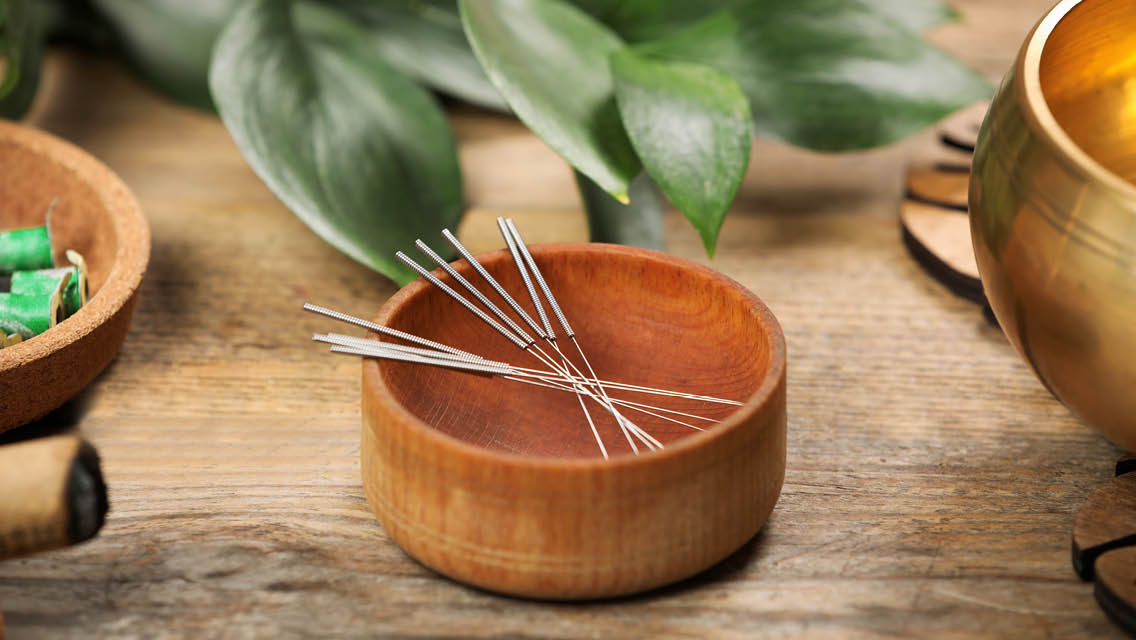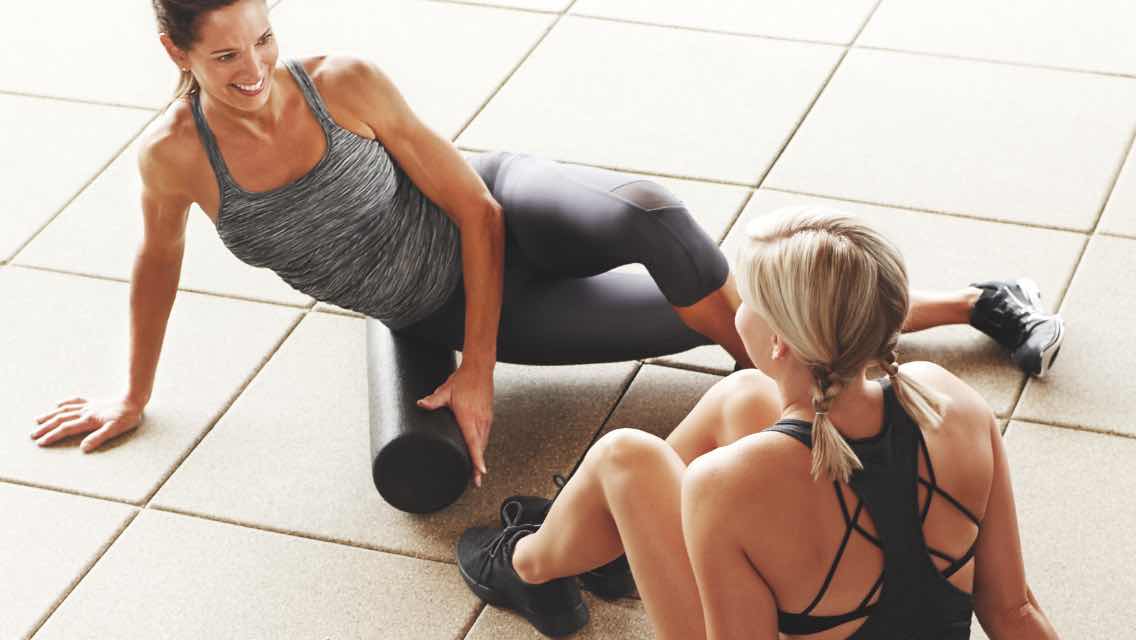At the 2016 Olympics in Rio de Janeiro, swimmer Michael Phelps showed up with his back covered in round, purple bruises. They were the result of a recent cupping treatment, a traditional healing technique using heated cups on the skin to increase circulation and remove toxins from the tissues below.
Media were aflame over Phelps’s use of “alternative” medicine, but today an athlete bearing the same telltale round bruises doesn’t cause so much as a ripple.
Professional athletes celebrate cupping for its range of benefits, especially in improving recovery time, but they’re not the only enthusiasts. Today you’ll see cupping as an add-on service in many spas and bodywork studios, where the practice produces bruises just as vivid as those sported by Phelps. These marks fade in a week or so, but any bodywork modality involving mild disfigurement deserves some examination.
Tradition and Today
Cupping has been practiced for more than 5,000 years. Today it’s often used in Traditional Chinese Medicine (TCM) as a complement to acupuncture. In this context, the practitioner develops a treatment plan based on the client’s current complaints. The goal can be as general as increasing energy or as precise as healing a persistent cough.
Cupping works directly on connective tissue, so it can feel especially good on sore muscles. “It is helpful for breaking up adhesions in the tissue, dredging and elimination of toxins, and increasing circulation of qi and blood,” explains acupuncturist and educator Bridgette Shea, LAc, MAcOM, in Handbook of Chinese Medicine and Ayurveda. “The power of cupping can reach up to four inches into the body,” giving it access to the lungs for respiratory issues, she adds.
“The power of cupping can reach up to four inches into the body,” giving it access to the lungs for respiratory issues.
Cleveland Clinic experts note cupping may also help ease rheumatoid arthritis, back pain, carpal tunnel, irritable bowel, headaches, and high blood pressure.
The process typically involves a practitioner placing a set of cups (glass, plastic, silicone, or rubber) on the back, chest, and limbs. They’re affixed with a vacuum action, creating a slight pulling sensation. This suction draws blood to the skin’s surface, ushering it to or from a specific part of the body. The practitioner may slide the cups around to increase sensation, then leave them for 20 minutes or less.
If you’re seeing a TCM practitioner, or a bodyworker with some traditional training, they’ll set the cups near acupoints and meridians. If you’re seeing someone without this training, they may simply place cups on muscles that feel tight. Either way, the sensation is intense — and for many people, intensely comforting.
“I feel like the cups help get blood into areas that have been frozen for a long time,” says Laine Bergeson, a Minneapolis-based writer. “When some area of my body is so tight that it feels like stretching won’t make a dent, cupping will get new energy into that part of my body. Then it feels like I can actually stretch it. The cups create a tension that, when it’s released, feels really good.”
This is a common reaction, according to Shea. “Cupping tends to grant a sense of relief and release to the client.” And if a broader health condition improves with repeated sessions, then the relief becomes part of a larger experience of healing.
Before You Go
Do not confuse cupping for a relaxing spa treatment. Some people may find it claustrophobic. But if you can tolerate the sensation, the results can be powerful — especially if you see a traditional practitioner.
“While [casual cupping treatments] are great,” Shea notes, “they’re usually not as strong a stimulation as one would receive from a Chinese-medicine practitioner.”
And if you’re addressing a health condition beyond muscle soreness, she recommends patience. The broader effects of cupping may take time, but the relief will come.
Natural Healing
Energy medicine has a long history across many cultures. Today, we also have research to confirm the value of these subtle modalities for health and well-being. Explore other articles in our Natural Healing department to learn how you can embrace these modalities in your own life.





This Post Has 0 Comments